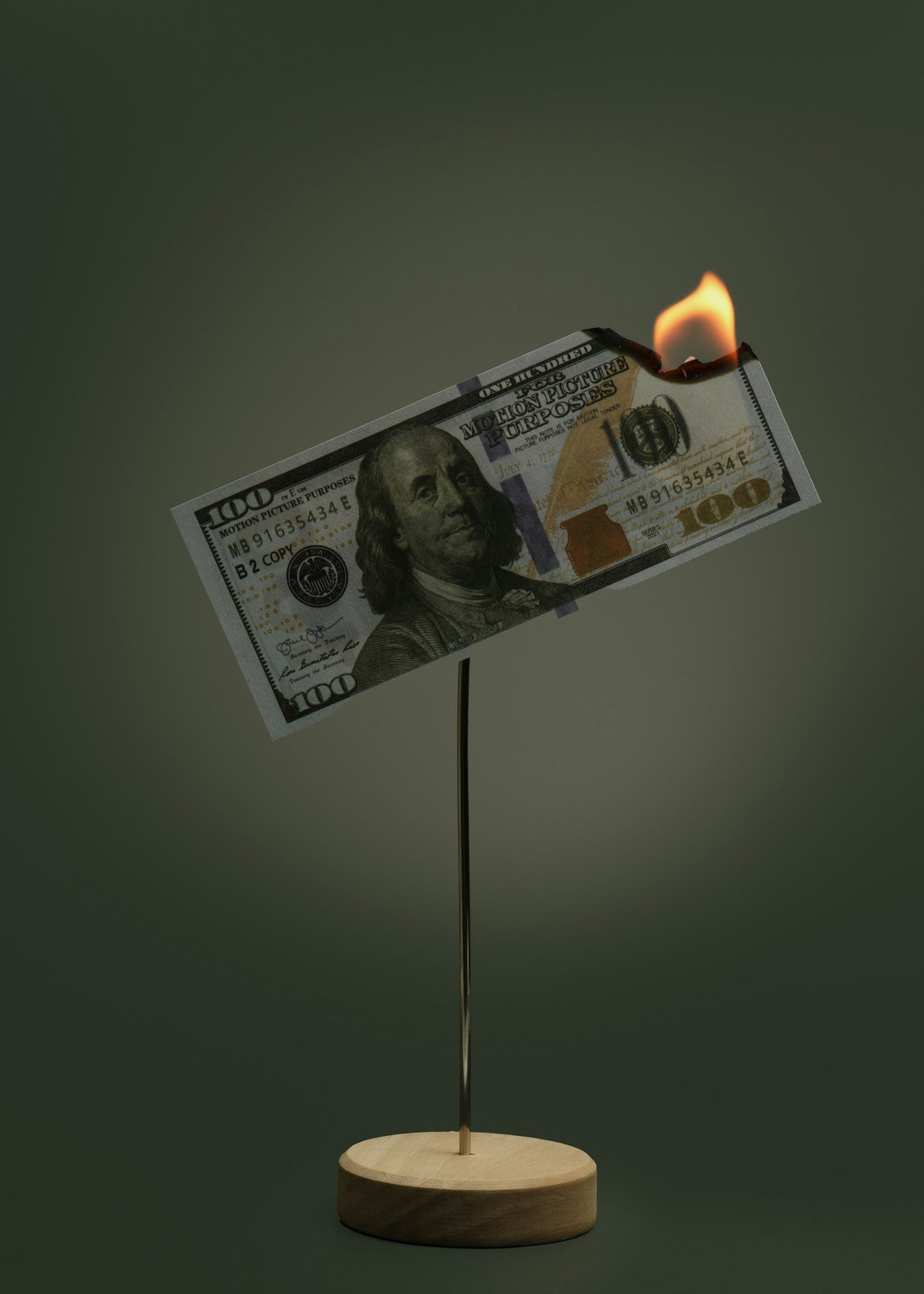Inflation is a powerful economic force that influences everything from grocery prices to international trade. Among the most debated topics in financial circles today is the phenomenon of the inflated dollar bill. As the U.S. dollar serves as the world's primary reserve currency, its inflation not only affects domestic markets but also reverberates across the global economy. Understanding the intricacies of an inflated dollar bill is crucial for investors, policymakers, and everyday consumers.
What is an Inflated Dollar Bill?
An inflated dollar bill refers to a situation where the purchasing power of the U.S. dollar decreases due to rising prices of goods and services. In simpler terms, it means that a dollar today buys less than it did yesterday. This occurs when the supply of money in the economy exceeds the demand, leading to a general increase in prices. Historically, inflation has been a natural occurrence in economies, but when it spirals out of control, it leads to severe economic consequences.
Historically, the U.S. has witnessed periods of significant dollar inflation, particularly during and after major events like the World Wars and the Great Depression. For instance, during the 1970s oil crisis, the dollar experienced severe inflation due to rising oil prices and increased government spending.
Causes of Dollar Inflation
Several factors contribute to the inflation of the dollar:
- Economic Policies: Monetary policies like low interest rates and quantitative easing increase the money supply, leading to inflation.
- Supply and Demand Imbalances: When demand for goods exceeds supply, prices rise, reducing the dollar's value.
- Geopolitical Factors: Political instability, trade wars, and sanctions can disrupt global supply chains, affecting the dollar’s purchasing power.
- Government Spending: High government expenditure without proportional revenue increases the money supply, causing inflation.
Effects of Inflated Dollar Bill on the Economy
An inflated dollar bill impacts the economy in multiple ways:
- Purchasing Power Decline: Consumers can buy less with the same amount of money, leading to reduced living standards.
- International Trade Imbalances: A weaker dollar makes imports expensive but boosts exports by making them cheaper for foreign buyers.
- Investment Volatility: Investors seek assets that retain value, causing market fluctuations.
- Savings Depreciation: Inflation erodes the value of savings, impacting retirees and fixed-income earners.
Historical Instances of Dollar Inflation
The U.S. has faced inflationary periods that significantly impacted its economy:
- The 1970s Oil Crisis: Caused by rising oil prices and geopolitical tensions, leading to stagflation.
- Post-World War II Inflation: Increased consumer demand and limited supply led to high inflation rates.
- 2008 Financial Crisis: Quantitative easing policies to stimulate the economy increased the money supply, leading to inflation fears.
Comparing these instances with other global currencies highlights the resilience and adaptability of the U.S. dollar.
What is the Most Inflated Currency?
In contrast to the dollar, several countries have experienced extreme inflation, leading to worthless currencies. Some of the most notable examples include:
- Zimbabwe (2008): Hyperinflation reached 89.7 sextillion percent, rendering the Zimbabwean dollar useless.
- Venezuela (2018): Annual inflation surpassed 1,000,000%, leading to severe economic crises.
- Germany (1923): Post-World War I hyperinflation led to the collapse of the German mark.
These instances provide valuable lessons in economic mismanagement and the consequences of unchecked money supply growth.
Inflated Money: Global Perspective
Inflation is not exclusive to the U.S. dollar. Other major currencies have also faced inflationary pressures, including:
- Euro: Impacted by the European debt crisis and quantitative easing by the European Central Bank.
- Japanese Yen: Faced deflationary pressures but also inflation due to aggressive monetary policies.
- British Pound: Brexit uncertainties and monetary easing led to fluctuations in inflation rates.
A comparative analysis of these currencies demonstrates the interconnectedness of global economies.
The inflated dollar bill is a complex phenomenon with far-reaching implications for consumers, businesses, and governments worldwide. As inflation continues to shape the global economy, understanding its causes, effects, and historical context is crucial for informed decision-making. By recognizing the signs of inflation and employing effective strategies, individuals and nations can better navigate economic uncertainties and protect their financial futures.
FAQs
-
What is an inflated dollar bill?
An inflated dollar bill refers to the decreased purchasing power of the U.S. dollar due to rising prices of goods and services. -
What causes dollar inflation?
Dollar inflation is caused by factors like economic policies, supply and demand imbalances, geopolitical events, and excessive government spending. -
What is the most inflated currency in history?
Zimbabwe's dollar experienced the most extreme hyperinflation in 2008, reaching 89.7 sextillion percent. -
How does an inflated dollar affect international trade?
A weaker dollar makes imports more expensive and exports cheaper, impacting trade balances. -
Can cryptocurrency protect against inflation?
Yes, cryptocurrencies like Bitcoin are considered a hedge against inflation due to their decentralized nature and limited supply.



